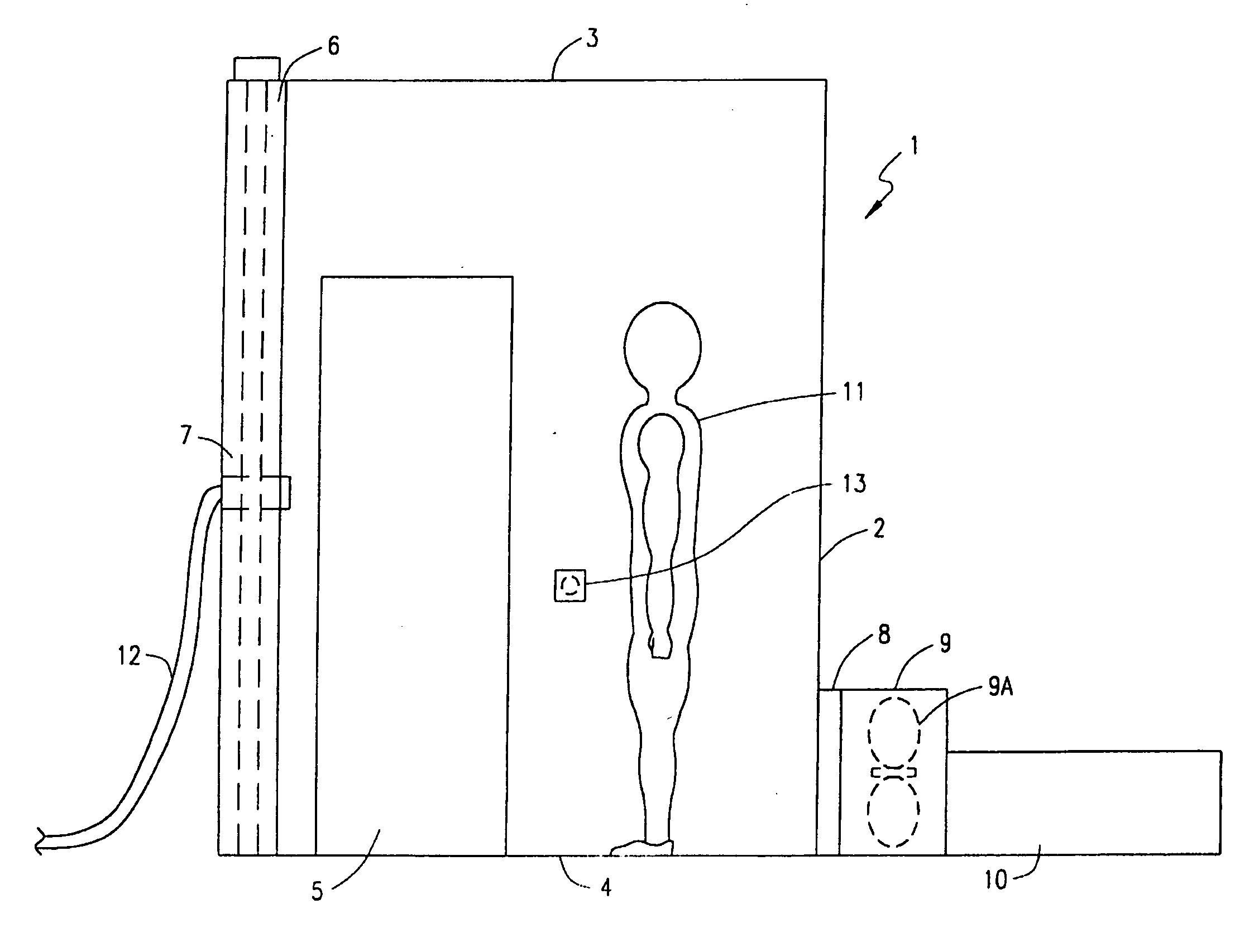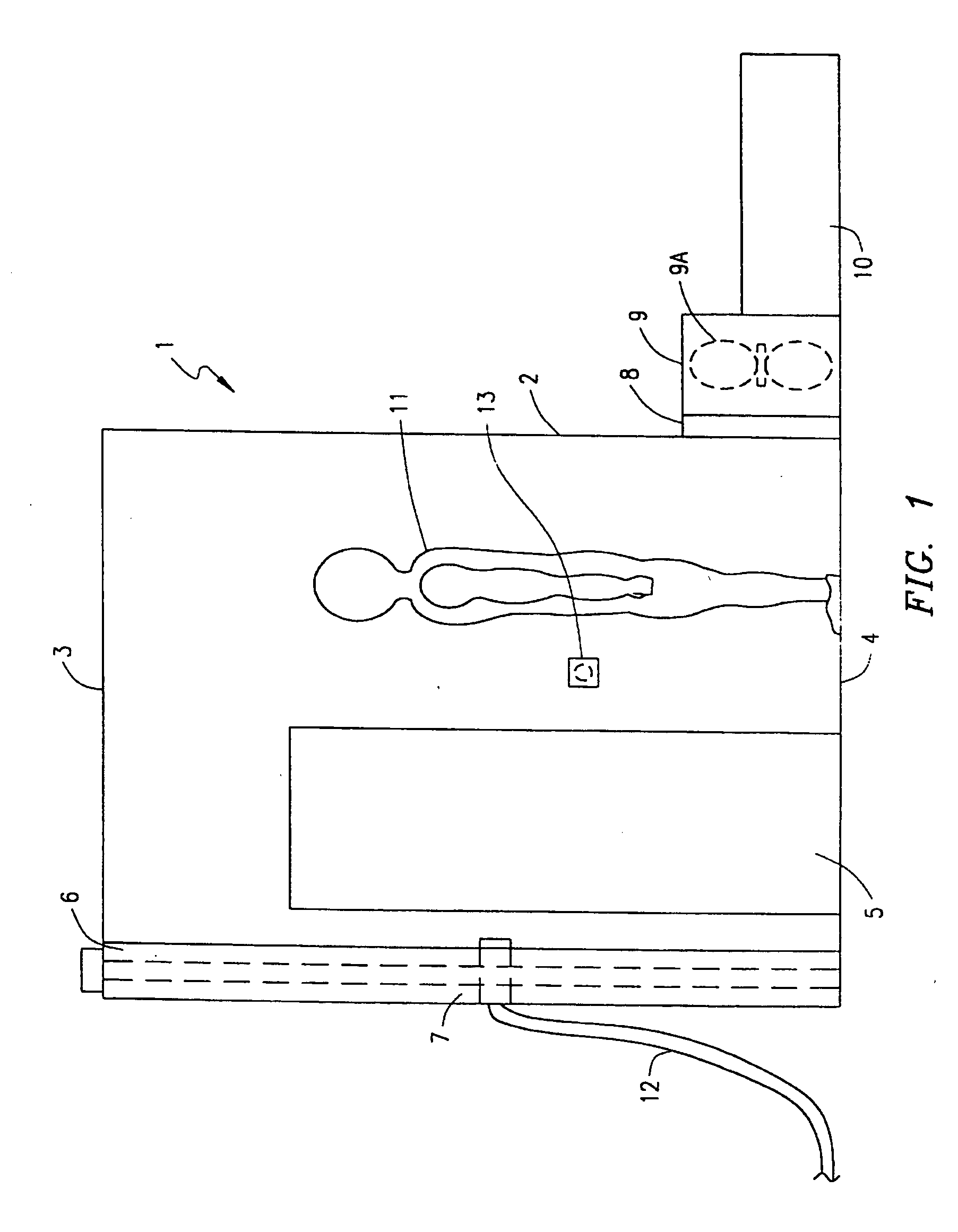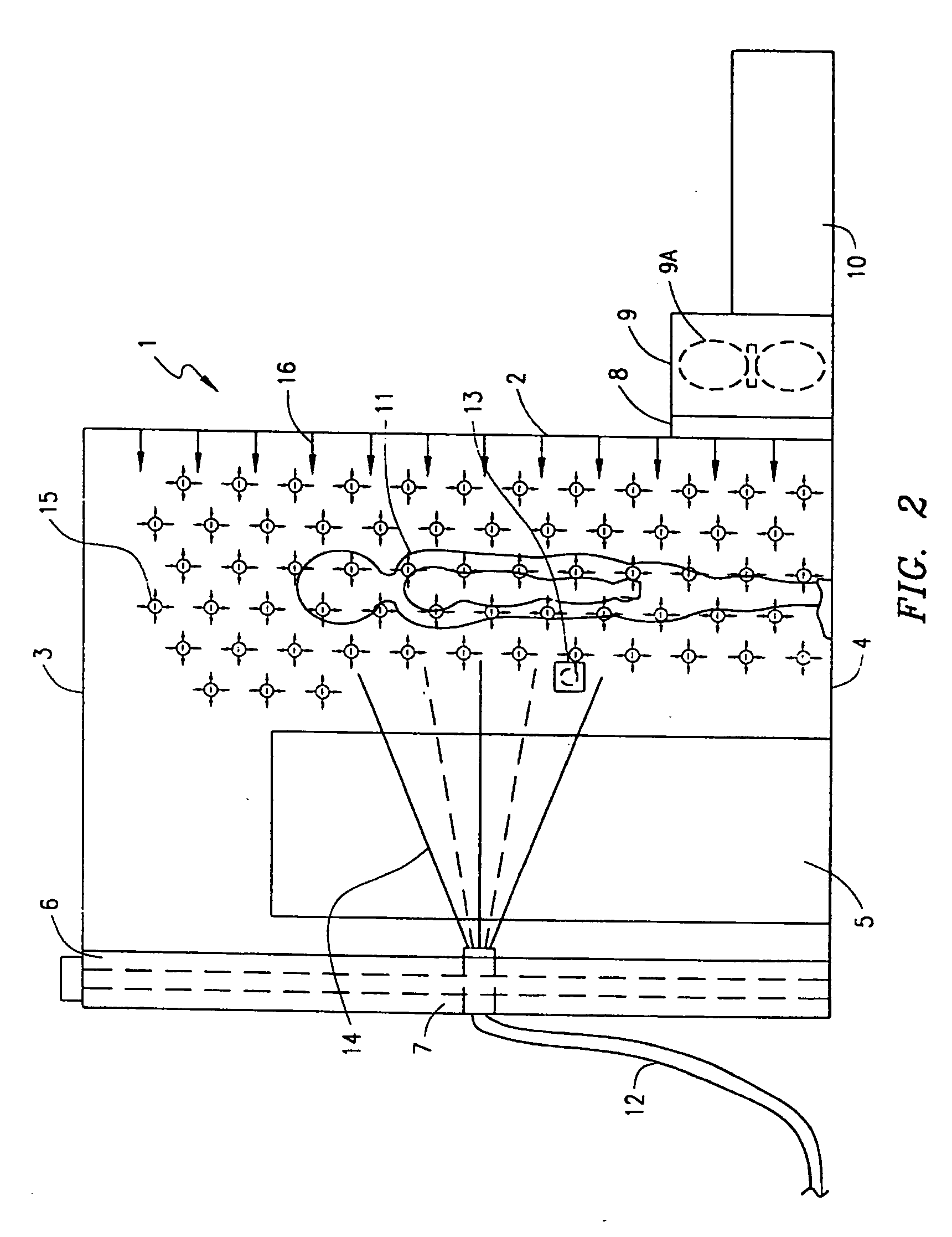These known delivery systems are wasteful of cosmetic raw materials and have limited efficiency in delivering a desired
active ingredient to an intended site.
Control over the applied dosage is difficult and limited and the application of the product itself is often
time consuming and messy.
In addition, the presence of any significant amounts of stabilizing ingredients such as surfactants, polymers, preservatives, etc, may result in the user experiencing stickiness, greasiness, and possibly
irritation.
This may be particularly pronounced where
skin is damaged or diseased, which may make the application of a product by
massage or
rubbing-in particularly undesirable.
This is necessary because the user of the product cannot reach and evenly coat all parts of the body unassisted.
This is a significant
disadvantage because a large percentage of the
population would not have such an individual available to apply the product to those hard to reach places.
However,
aerosol sprays, which are well known in the art for delivering personal products, also suffer from several disadvantages.
First, the types of product and
active agent that lend themselves to effective
aerosol spraying are limited.
Second, the use of aerosols still results in significant inefficiency and waste through non-target specific application (over-spray).
This over-spray results in loss of active material to the
atmosphere.
It also creates unwanted mists which can damage surrounding objects if the
active ingredient is reactive with whatever object the mist happens to fall on.
The use of aerosols to deliver
skin cosmetic or therapeutic active agents is also believed to be even less efficient than conventional
massage or
rubbing-in delivery regimes in the context of percentage and evenness of coverage of the
skin surface.
Although aerosols can be used to reach many of those hard to reach areas of the body that usually require a second individual for full body application, it is still difficult for a user to achieve a good even coating over the entire body without the assistance of another individual.
One particularly important physical feature of skin is its very
rough surface terrain, which creates a problem in successfully applying a desired skin cosmetic or therapeutic active with complete and even coverage.
Although this method of application offers some advantages over
aerosol spraying because it would eliminate some of the over-spray problem, it is still difficult to obtain effective uniform coating over the entire body or a substantial portion of the entire body.
Consequently, the lack of consistency in performance will affect the
consumer's acceptance of this product concept.
As the art of
spray painting booth has evolved one undesirable result, particularly in the case of electrostatic
powder painting, has been the coating of the walls of the spray booth which requires labor and down time to clean off.
This coating of the booth walls is particularly costly in electrostatic
powder coating because the
powder adhering to the walls cannot be effectively recycled and the cost of materials is increased.
High voltage types of electrostatic nozzles make aqueous solutions very difficult to spray effectively using electrostatic means due to the highly conductive nature of water-based sprays.
The non-
aqueous solution requirement meant that the most effective and inexpensive carrier for the active coating ingredients could not be used effectively with this process.
With these conventional spray methods there are often less than optimum tanning results due to missed or thinly coated areas, and dark runs and streaks occur from over application.
Presently used tanning compounds are expensive and the poor spray deposition efficiency reduces the profit margins of the spray tanning
system.
Less than optimal
mass transfer of the tanning compound results in a light tanning color that fades more quickly than a heavier initial application.
In addition, even though the tanning compounds are safe materials, the level of respirable aerosols can be high during and after the spray process and may be irritating to some customers.
If ventilation is poor, lingering aerosols can be carried throughout the salon and create high levels of unwanted dust deposits on store fixtures.
In addition, whole-body spray uniformity may be affected due to the head-to-
toe potential gradient that forms during charge transfer of spray over the resistive
skin surface of a human target standing on a directly grounded
metal plate.
 Login to View More
Login to View More 


